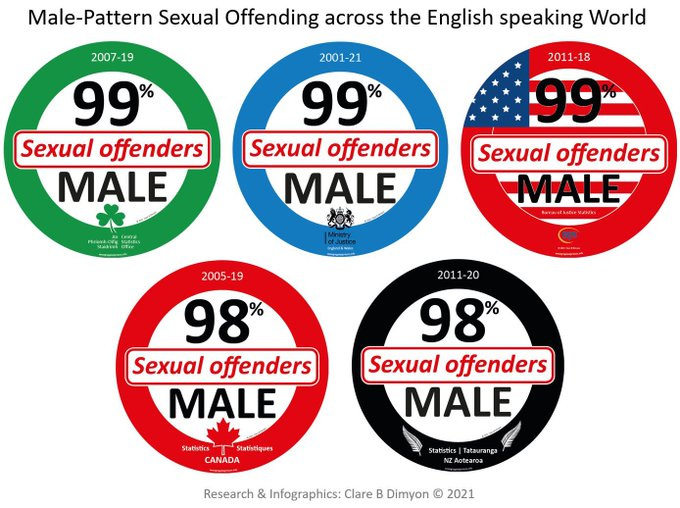Contrasting Sex Segregation and Racial Segregation: Examining Historical Context and Implications
Laws that mandated the separation of public facilities, such as schools, parks, transportation, restrooms, and even drinking fountains, based on racial lines, in the United States was a deeply entrenched system of racial discrimination that was primarily based on racism and the false notion that one race was inherently more dangerous than another. False statistical support was often used to perpetuate racial stereotypes, and those beliefs underlying segregation were not grounded in factual evidence or scientific research.
It is inappropriate and misleading to draw a direct comparison between sex-based categories for public spaces such as changing rooms, bathrooms and pools, and racial segregation. The historical context, complexities, and consequences of racial segregation are distinct from the issue of sexual assault. Racial segregation was a systematic and state-sanctioned discrimination against black Americans, resulting in severe social, economic, and educational disparities.
The vast majority of violent crimes, including sexual assault, are committed by males. According to the National Sexual Violence Resource Center, 1 in 5 females will be raped at some point in their lives, and approximately 91% of rape victims are female.
This means that, while there is a lack of statistical evidence suggesting that crimes committed based on race occur in a disproportionate 99% to 1% ratio between different racial groups, there are crimes such as sexual assault, that are committed based on sex, in a a disproportionate 99% to 1% ratio from one sex to the other.



